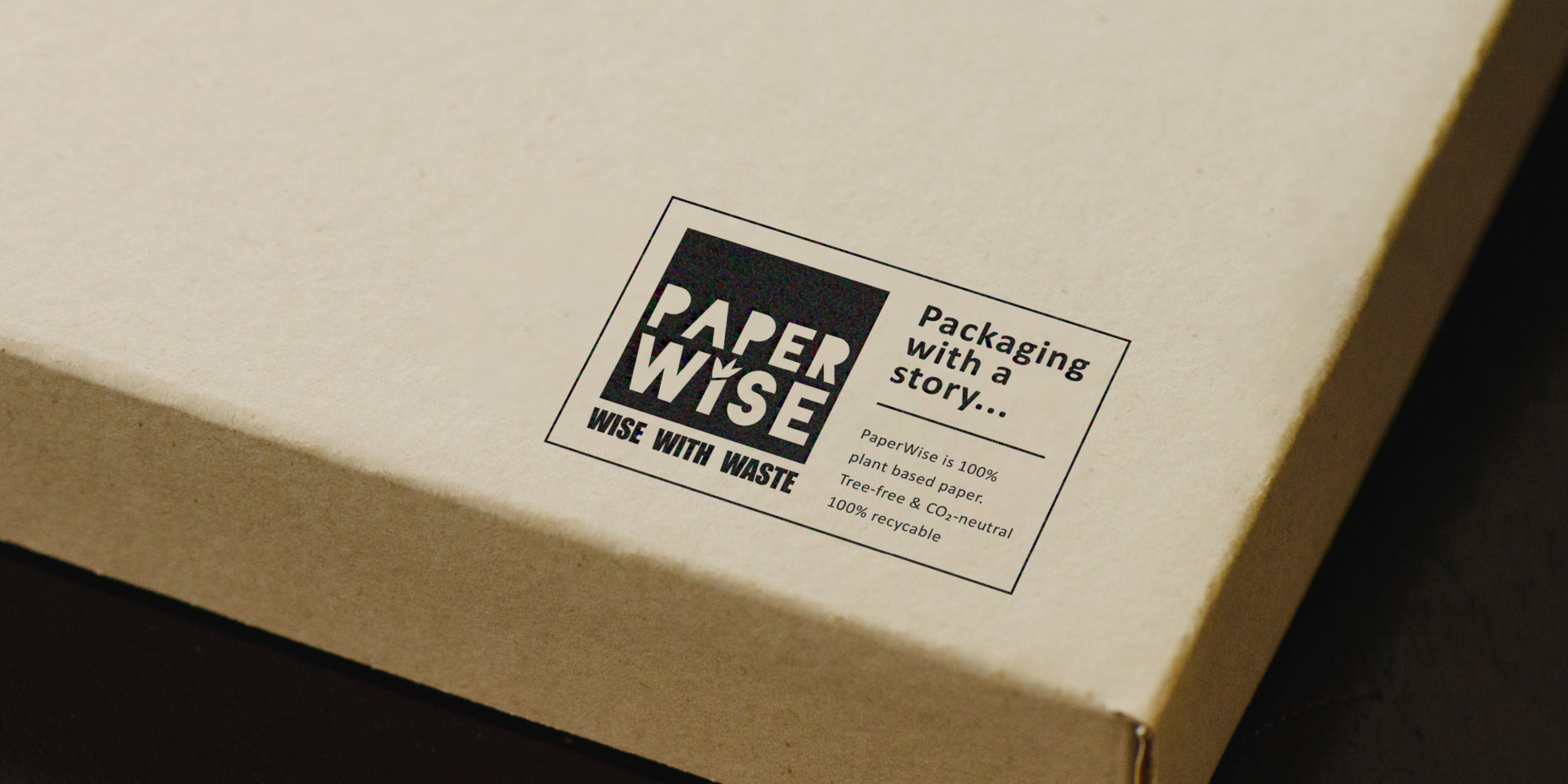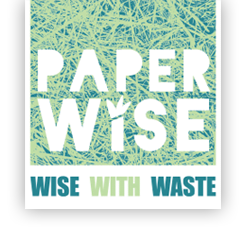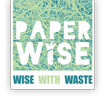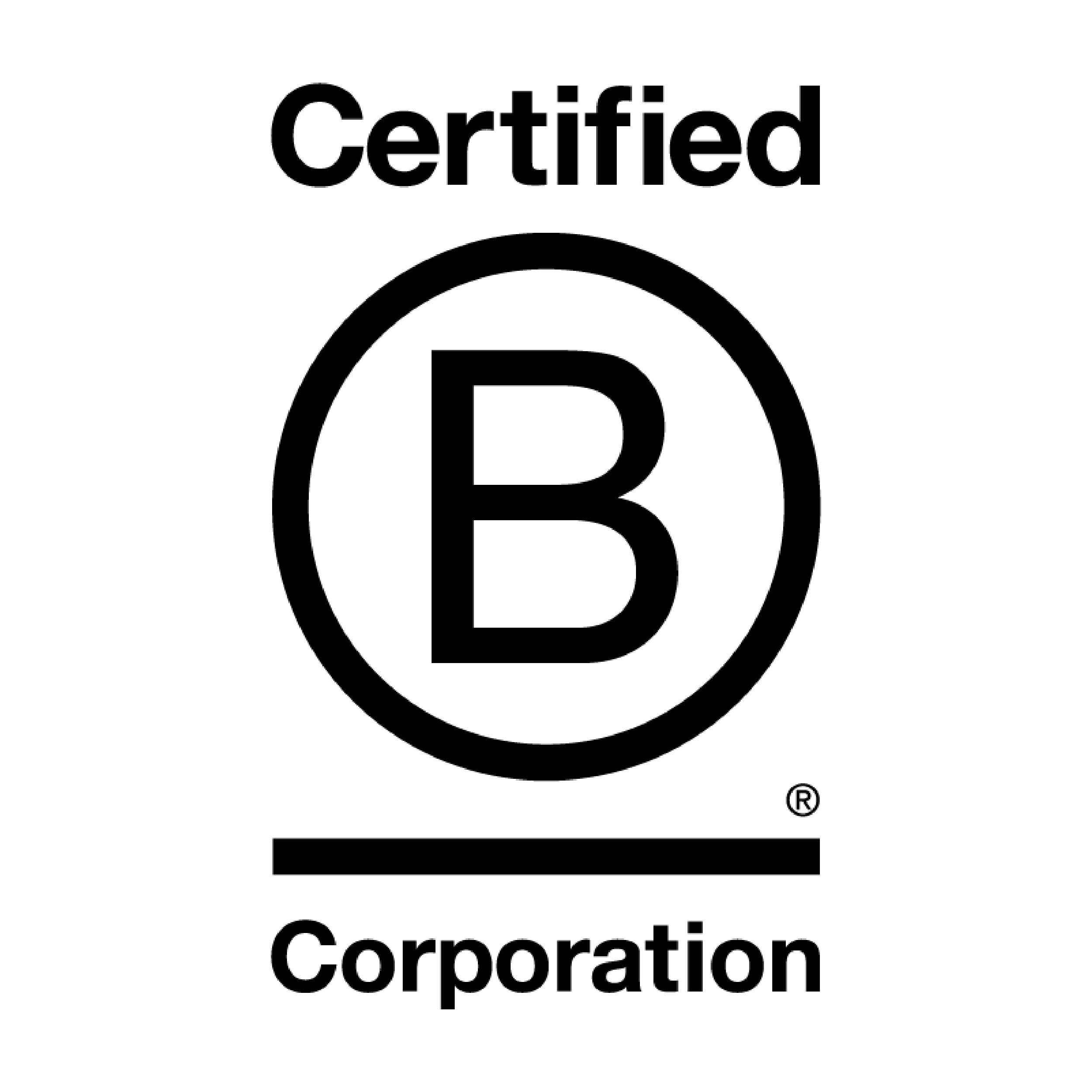
Strolling through the supermarket, we check the ingredients on all kinds of food packages. We read the allergen information, the amount of unsaturated fats, the salt content and which E-numbers have been added. Does the product possess an organic label? Is it vegetarian or perhaps vegan? But what about the packaging? Does the packaging really affect the environment that much? And does packaging influence the choice consumers make in the supermarket?
The answer may be surprising to some people: yes, it matters more and more. Packaging has a lot of influence on both the environment and consumer choice. The Global Buying Green Report shows that 67% of consumers consider themselves to be environmentally conscious and consider it important to buy products in recyclable packaging. So not only are consumers spending more and more time and money on healthy food that is sustainably produced, but packaging is also becoming increasingly important in choosing brand A or B. And that actually makes sense, because shouldn’t our food packaging be just as good for our health and the planet as the food inside?
3 REASONS WHY SINGLE-USE PLASTIC PACKAGING
WILL LARGELY BECOME A THING OF THE PAST
The plastic bag around the apples or bread. The foil around the tomatoes, cucumber or cheese. But also the plastic container for the chips and sausage in the cafeteria. It is recognisable to everyone. More than 300 million tonnes of plastic are produced worldwide every year, half of which come from disposable packaging. This group is also known as Single Use Plastics (SUP).
The disadvantage of SUP packaging is that when it ends up as litter in nature, it does not break down, but instead continuously disintegrates into smaller and smaller pieces. These microplastics pose a huge risk to the environment. Through rivers and seas, microplastics spread into nature and enter our food system. Microplastics are extremely difficult to clean up.
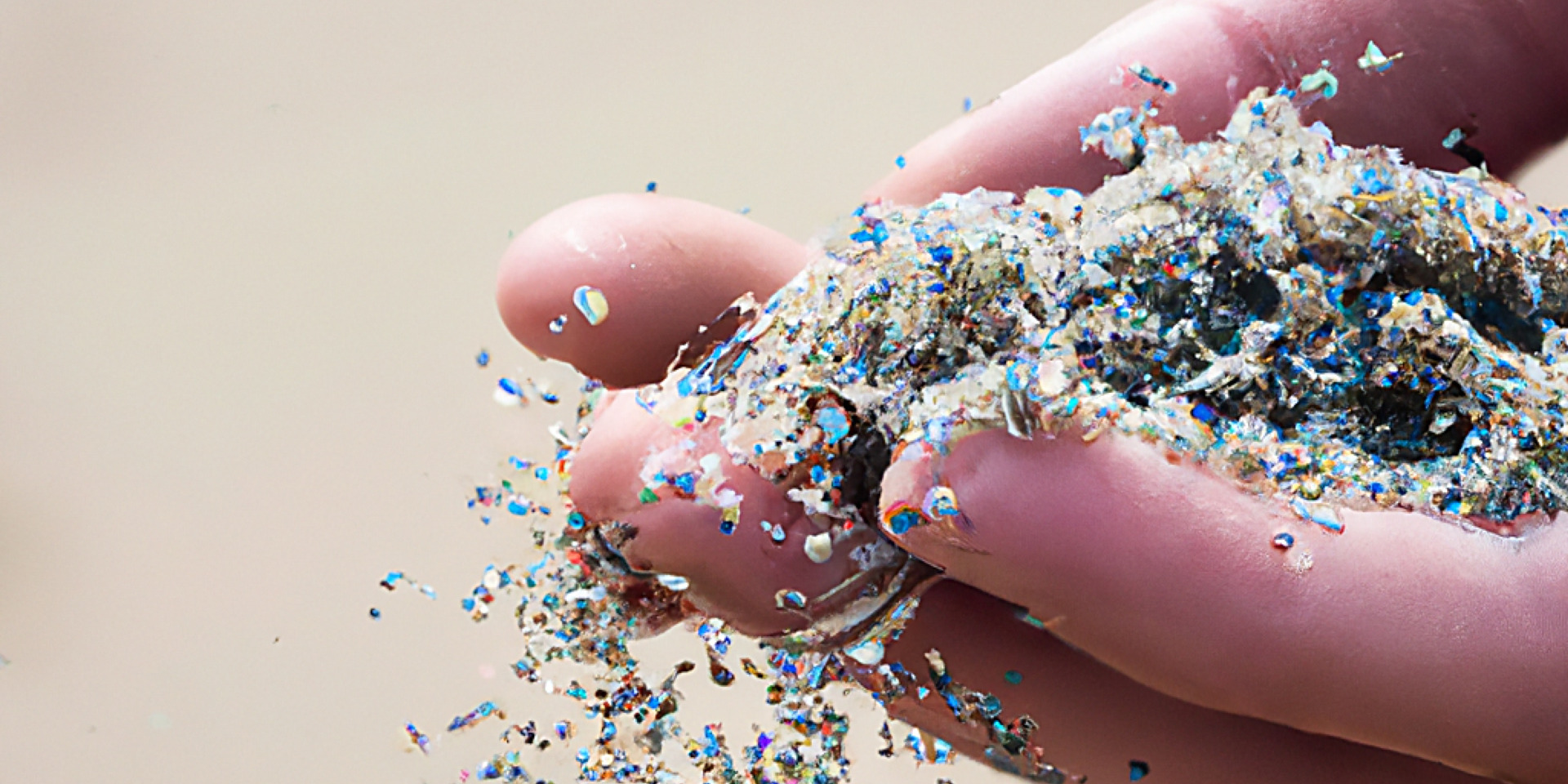
A second drawback of plastic SUP disposable packaging is its direct contribution to global warming. Since plastic is mainly made from crude oil, a fossil resource, all manufacturing companies in the chain contribute significantly to global warming. This is as follows, carbon is safely stored in oil underground. Once the oil is pumped up and processed into plastic, the carbon is in the plastic. After the plastic packaging is thrown away in the trash, it is burned and the carbon is released into the atmosphere in the form of carbon dioxide (CO2). This CO2, as the main greenhouse gas, directly contributes to global warming.
The third drawback of SUP disposable packaging is its contribution to deforestation and reduction of biodiversity. Land-based oil extraction often involves cutting down large amounts of forest. Fewer forests directly contribute to biodiversity reduction, but also to carbon dioxide (CO2) uptake which has a major impact and contributes to global warming.
Fortunately, more and more people realise the negative impact of single use plastics (SUP) on nature and our society. For example, the same Global Buying Green Report that shows that 67% of consumers consider environmentally conscious packaging important also shows that more than four out of five young people are willing to pay more for an eco-friendly bio-disposable. Besides sustainability, customer retention can be a decisive reason to switch to a sustainable alternative to disposable SUP packaging. But, what then is the most eco-friendly and affordable disposable packaging.
SUSTAINABLE ALTERNATIVES TO DISPOSABLE SUP PACKAGING
As a society, we will have to stop thinking in terms of disposable packagings. Packaging will always be there and, besides protecting the product, also serves as a solution for shelf life, logistics and communication. But packaging should be designed to meet all these needs while having the lowest possible environmental impact. Let’s stop thinking in “disposable” and instead look at sustainable recycling without loss of value of the raw materials the packaging is made of.
Five main raw materials for consumer packaging that are currently widely used are glass, tinplate, aluminium, plastic and cardboard. A combination of these raw materials is also common. Each raw material has its own advantages and disadvantages. The heavier a raw material, such as glass, cans and aluminium, the more energy is needed for production and is lost during transport, which is negative for the environment. On the other hand, glass, tinplate and aluminium provide full atmospheric barrier which can extend the shelf life of products, which is positive for the environment. The negative side of plastic packaging has already been briefly explained. The advantage of plastic is its low weight, strength, flexibility in shape and communication. The last and perhaps most interesting raw material for sustainable and eco-friendly packaging is paper and board.
Paper and board is made from cellulose, which is extracted from trees, plants and recycling. A renewable raw material, therefore. Paper and board are relatively light, easy to shape, offer good protection and are excellent for communication. Not for nothing that this sustainable raw material is used so much as an alternative to disposable plastic packaging. The growing time of trees for paper ranges from 10 to 80 years and it takes a lot of energy and chemistry to turn trees into paper. This explains why recycled paper is a much more sustainable alternative to disposable plastic packaging. But the most sustainable alternative to plastic SUP packaging is disposable packaging made of paper and board from agricultural waste (plant residues left over after the agricultural harvest). PaperWise is a good example of a sustainable alternative to disposable SUP packaging.
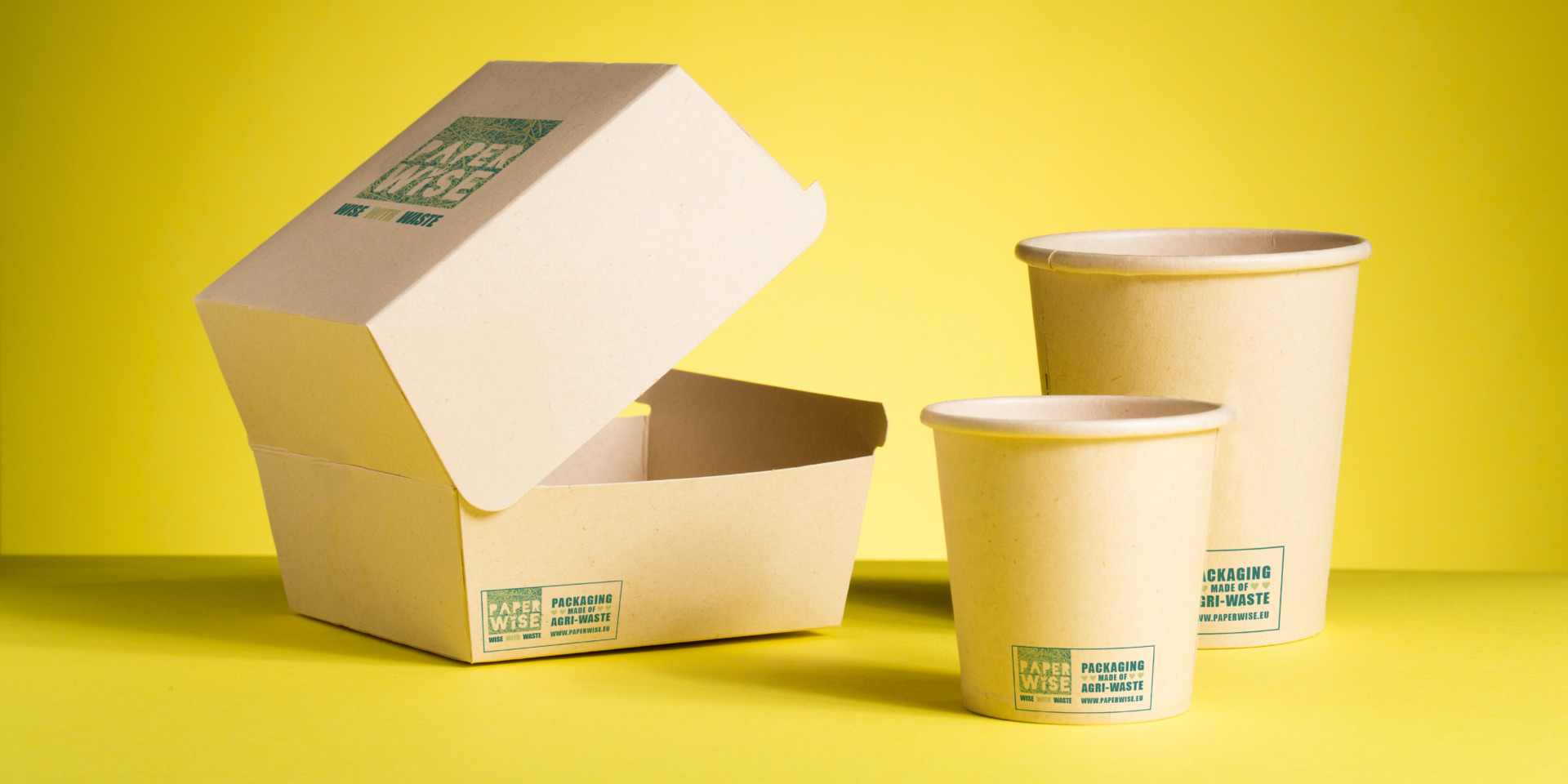
PaperWise is CO2-neutral paper and board made from agricultural waste and enables the production of sustainable disposable packaging. Stems and leaves normally left as waste on land are now used to make paper and board. This is done in developing countries where many small-scale farmers can benefit. Not only does the use of agricultural waste provide environmental benefits, the farmer also has an additional source of income. The modern paper mills where agricultural waste is processed into paper are in turn of great importance to local communities. The paper mills where PaperWise is produced contribute to employment, prosperity and economic development. And anyone who thinks of this type of paper and board as tawdry brown varieties of inferior quality is wrong. PaperWise is paper and board of the highest quality, from white to unbleached light brown, fully recyclable and even home compostable.
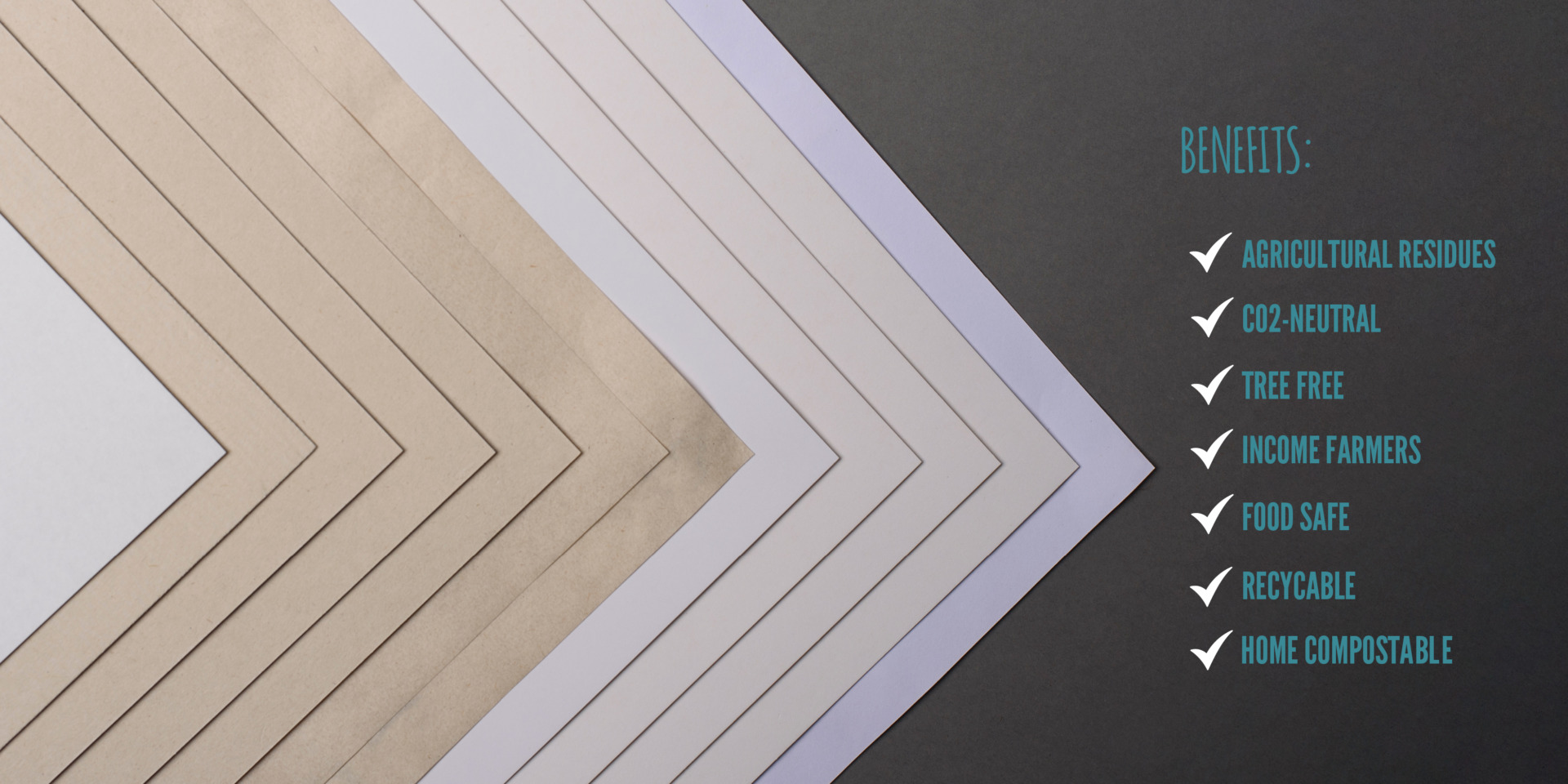
If you are looking for a sustainable eco-friendly solution to polluting plastic disposable packagings, choose CO2-neutral board disposable packaging from PaperWise. PaperWise’s paper and board are available with grease-resistant or moisture-resistant properties, making it an excellent alternative to disposable plastic packaging. PaperWise’s paper has a minimal impact on the environment not only during its production but even after the use of these packages. Instead of disintegrating into millions of microplastics, PaperWise bio-disposable packagings are recyclable and both home and industrial compostable according to the EN 13432 standard. Within 4 weeks PaperWise already composts the vast majority and after 13 weeks the sustainable PaperWise disposable packaging is fully disintegrated and decomposes into compost.
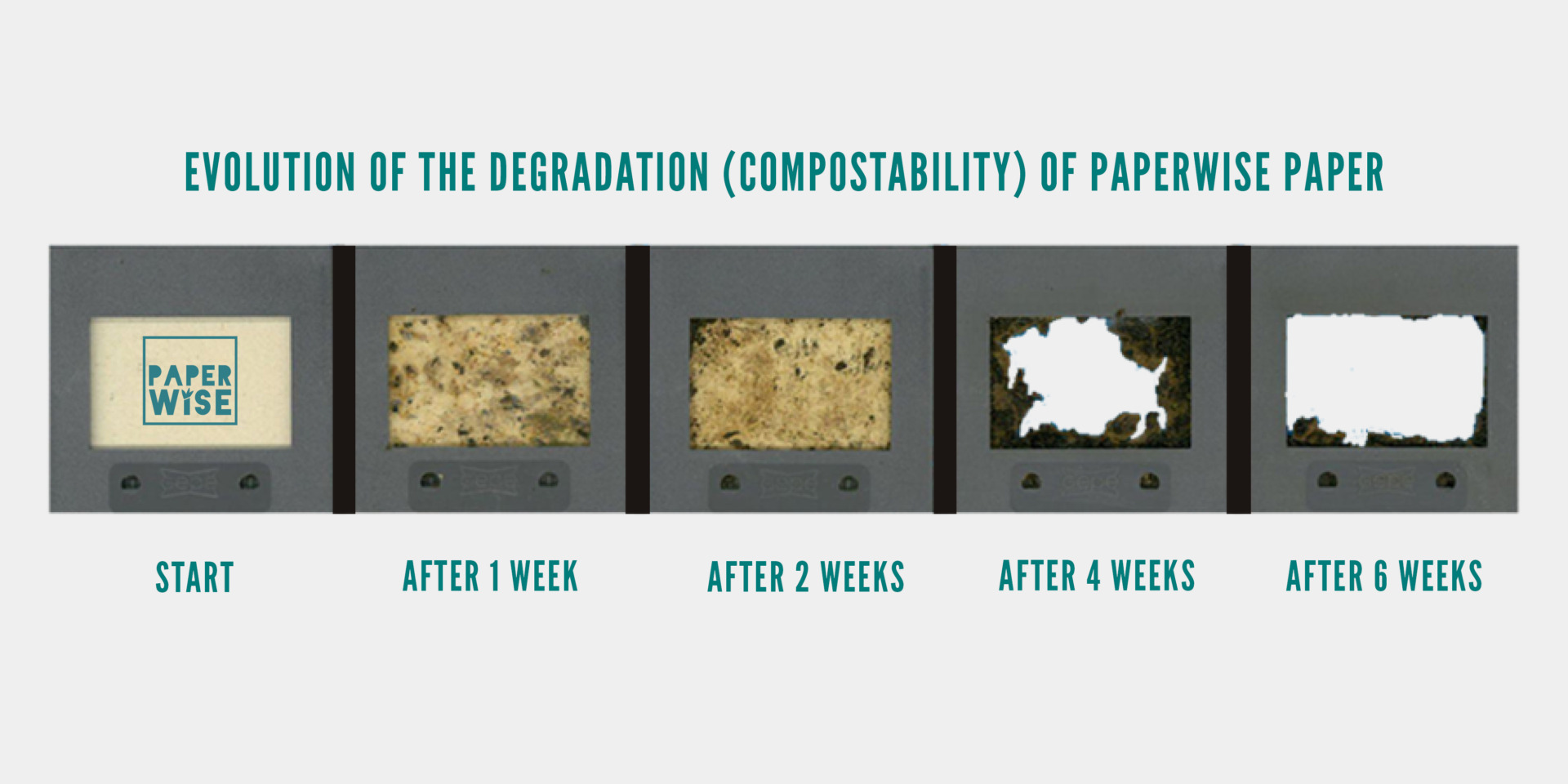
Sustainable PaperWise disposable packaging and bio-disposables
PaperWise packaging is an eco-friendly alternative to disposable SUP packaging. The disposable plastic packaging is then replaced by ‘plant-based’ packaging, a huge benefit for your product and the planet. PaperWise paper can also be printed razor-sharp and the unbleached light brown board gives the organic packaging a natural look. Products that are greasy or moist can easily be packed in PaperWise bio disposable packaging. For this, the plant-based board is then used, which is grease- and oil-resistant or moisture-resistant and can therefore offer a fully-fledged alternative to disposable plastic packaging. In this way, everyone can take steps towards more sustainable disposable packaging without compromising on quality. From cups, plates, wrapping sheets for meat and cheese to disposable packaging for chips, snacks, hamburgers, as well as fruit and vegetables; there is a sustainable PaperWise plant-based organic disposable available for every plastic disposable.
Goodbye plastic, hello PaperWise! Overview of sustainable disposable packaging and bio disposables:
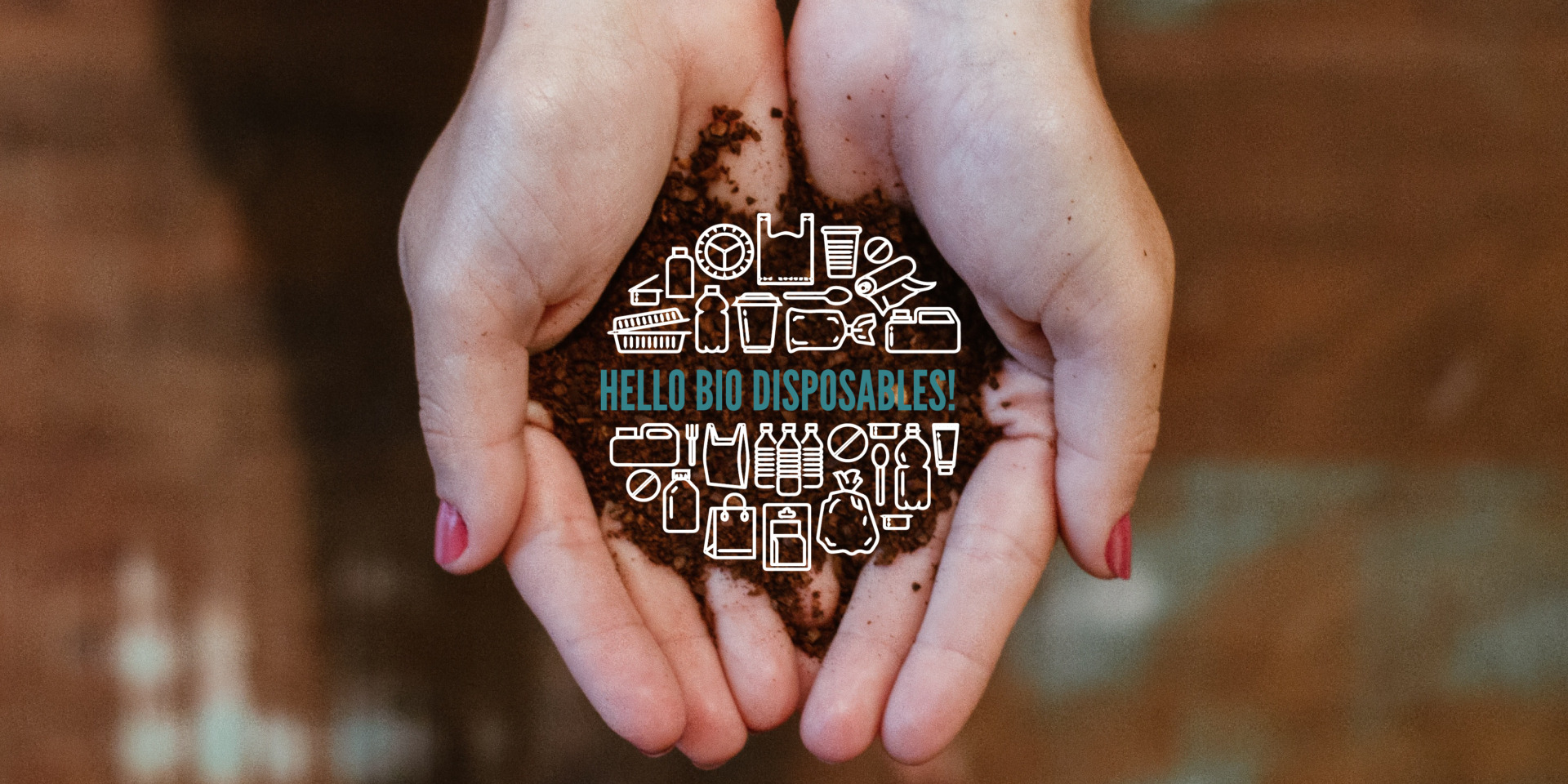
SUSTAINABLE SNACK PACKAGING FOR CAFETERIAS, FESTIVALS AND CATERING
It can be delicious once in a while; a burger, fries or snack from the cafeteria, fast food restaurant or while visiting a festival. In this segment, you see a clear division between the traditional cafeteria (chip shop) and the more professional fast food restaurants and festivals. While the latter group of companies have already taken steps towards more sustainable fast food packaging, you still see the cafeteria using plenty of plastic disposable packaging. Yet all cafeterias, fast food restaurants, festivals and parties at home can still be much more sustainable. By choosing the most sustainable disposables for chips, burgers, pizzas, wraps, salads, cold and hot drinks.
The alternative to today’s disposable plastic packaging, plates and board cups are organic disposables and eco-friendly disposables from PaperWise. No trees were cut down for these 100% plant-based packaging made of paper and board, they are plastic-free, recyclable and compostable. Like the grease-resistant board PaperWise Natural Grease Resistant, which lends itself perfectly to eco-friendly snack trays. Tomorrowland, which since 2005 has become Belgium’s biggest outdoor dance event, already uses organic disposables made of PaperWise for its snacks on the festival site. And Landal Greenparks also uses these sustainable ‘to go’ disposable packaging for chips and snacks sold in the parks. PaperWise’s fat-resistant packaging is eco-friendly and easy to recycle or compost after use. For hot and cold drinks, as well as salads, there is an alternative to SUP disposable packaging in the form of cups, plates and containers made of PaperWise Natural Moisture Resistant. Even then, you get eco-friendly plant-based packaging for which no trees have been cut down that can be recycled or composted after use.
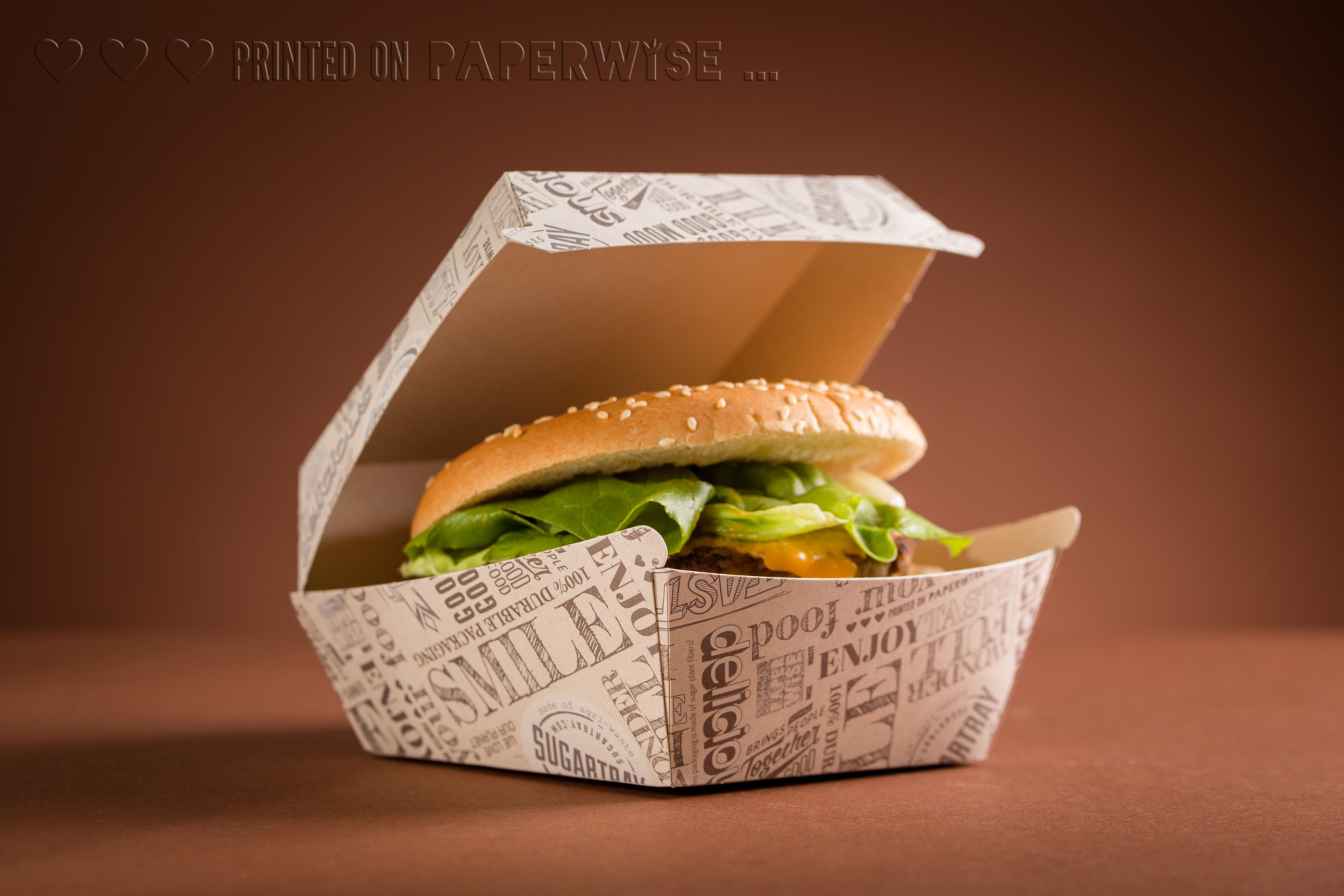
Sustainable hamburger packaging, plant-based, tree-free, recyclable and compostable! Blog.
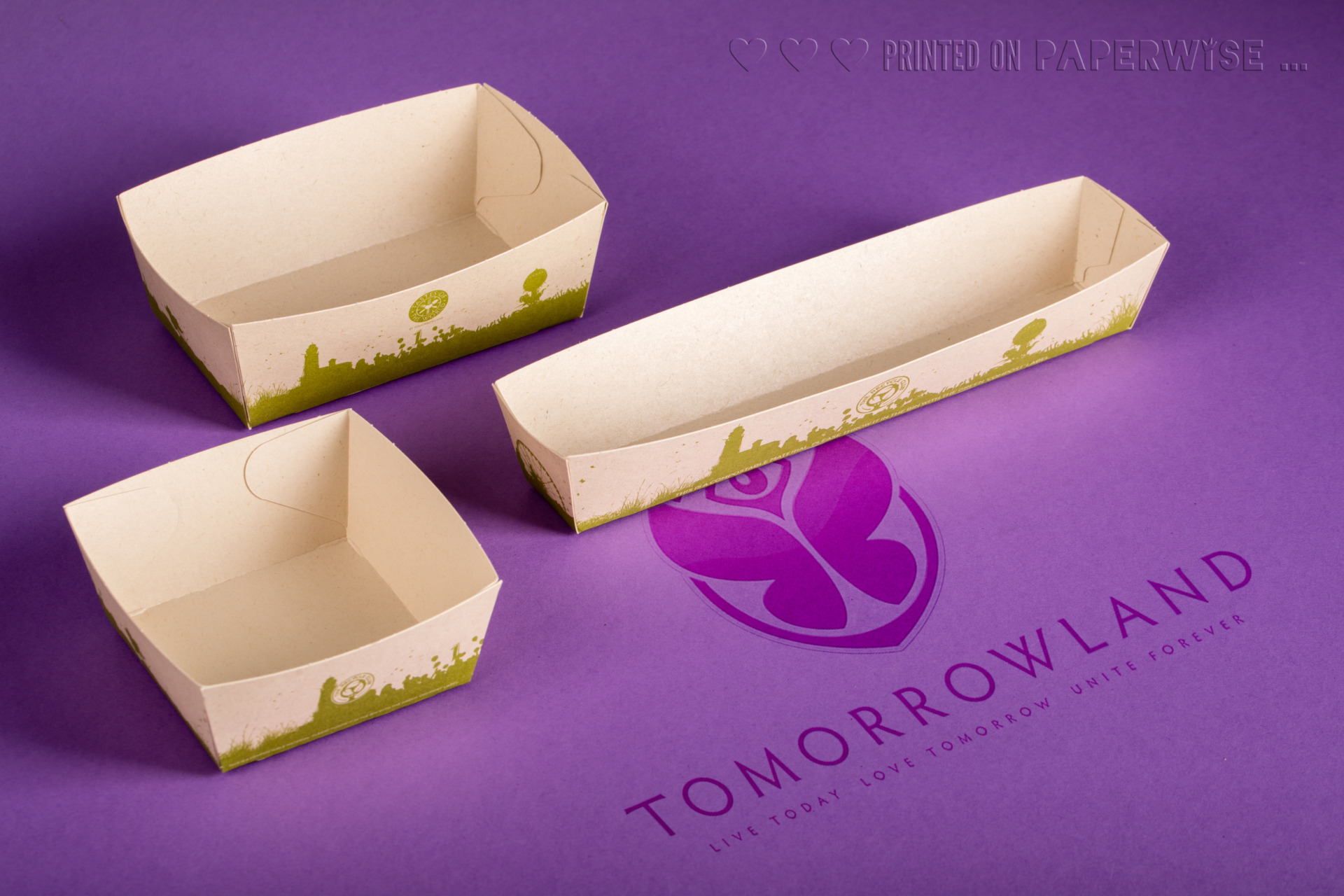
Organic disposable packaging made from plants for chips and snacks. Blog.
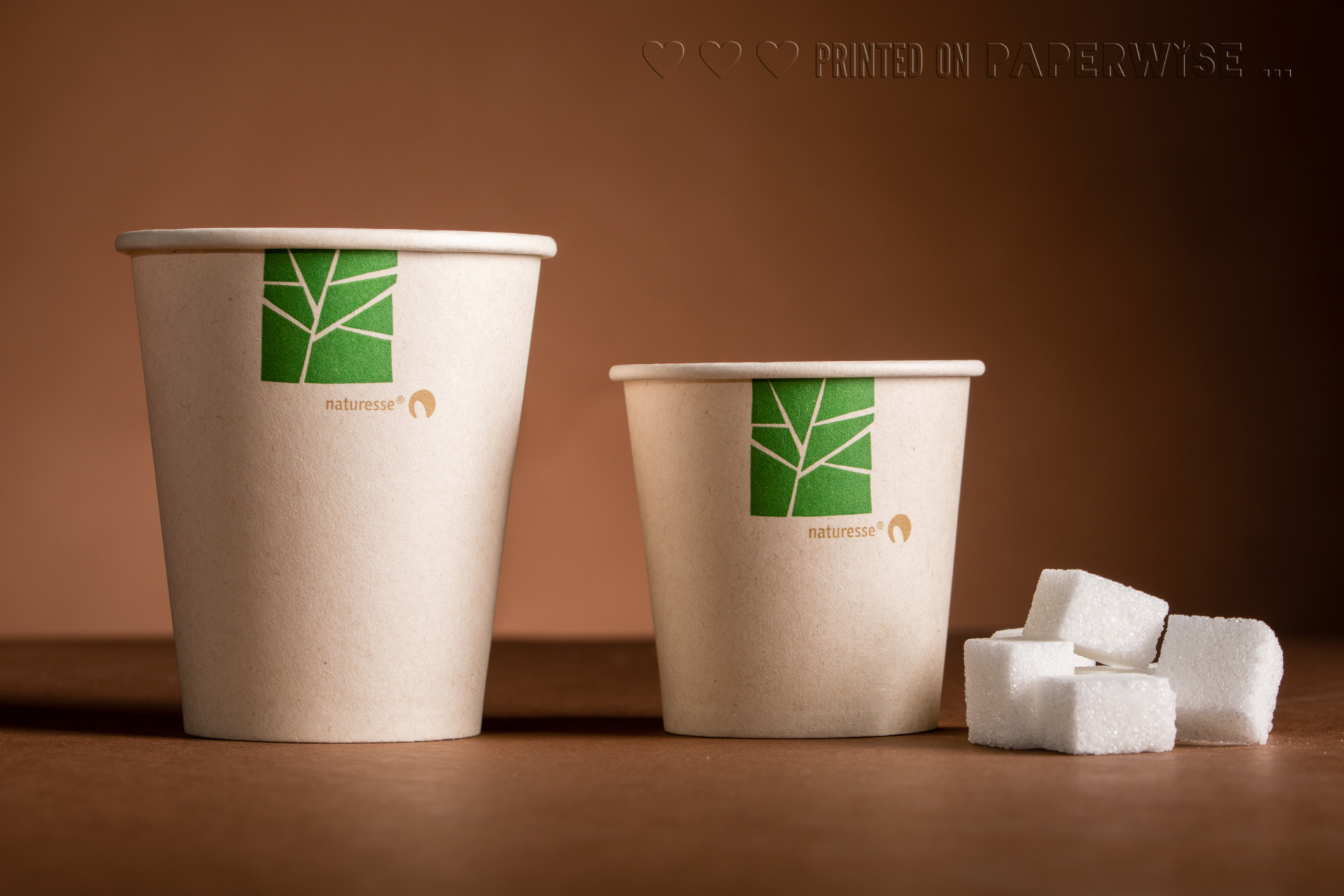
‘Plant-based’ organic cups as an alternative to SUP packaging. From PaperWise Natural Moisture Resistant.
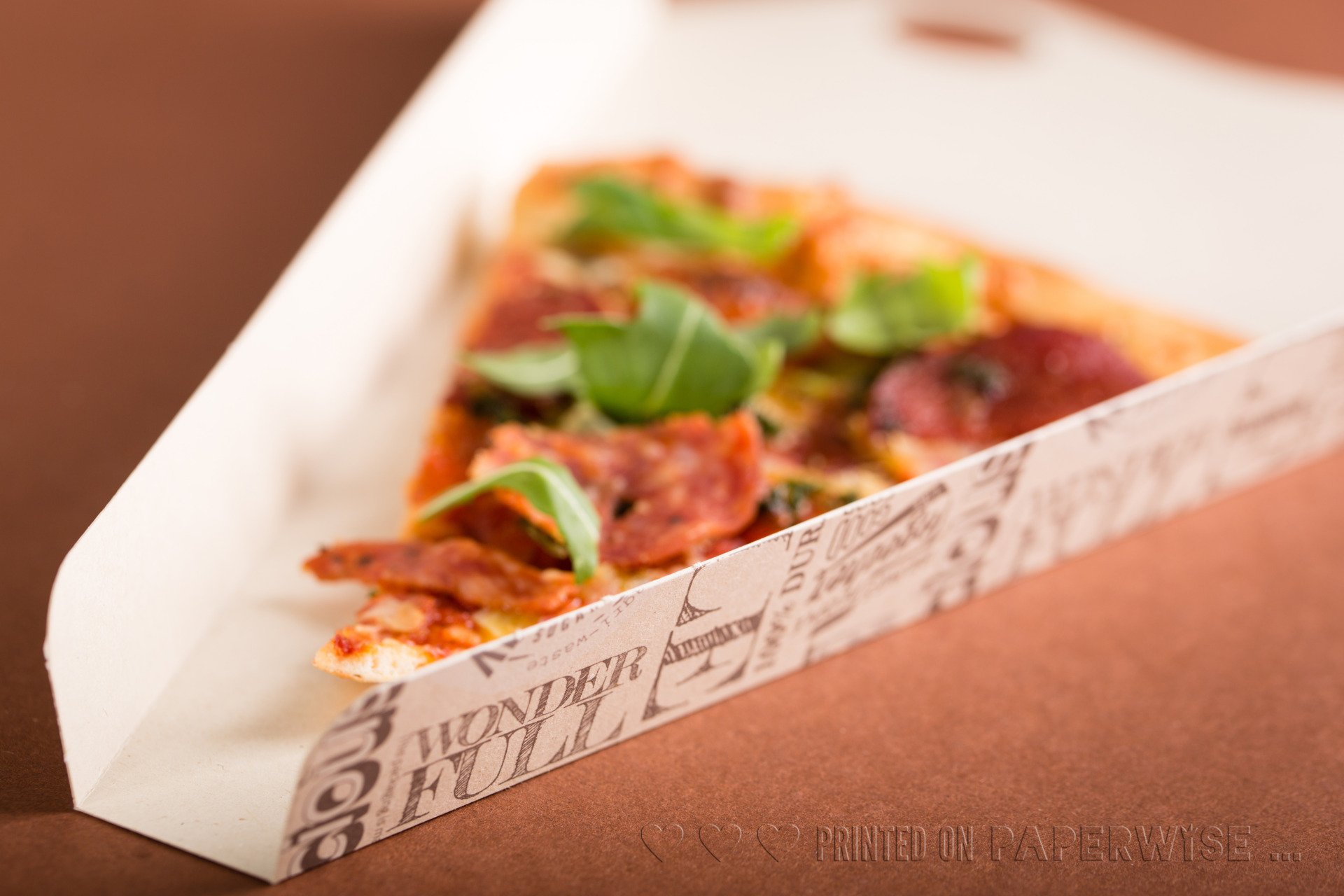
Recyclable and compostable pizza packaging. Tree-free. From PaperWise Natural Grease Resistant.
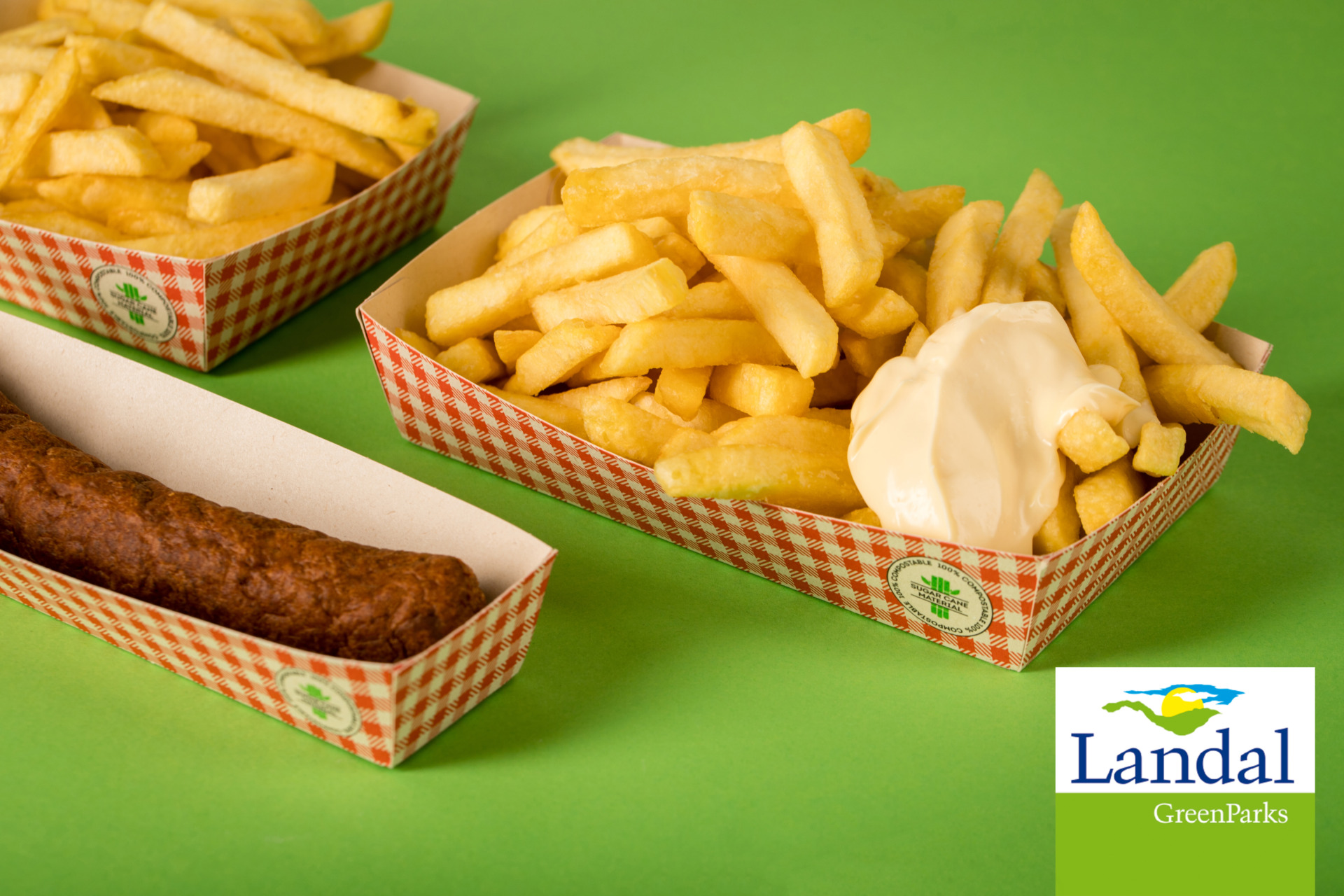
Sustainable chips and snack packaging, plastic-free, 100% plant-based. Blog.
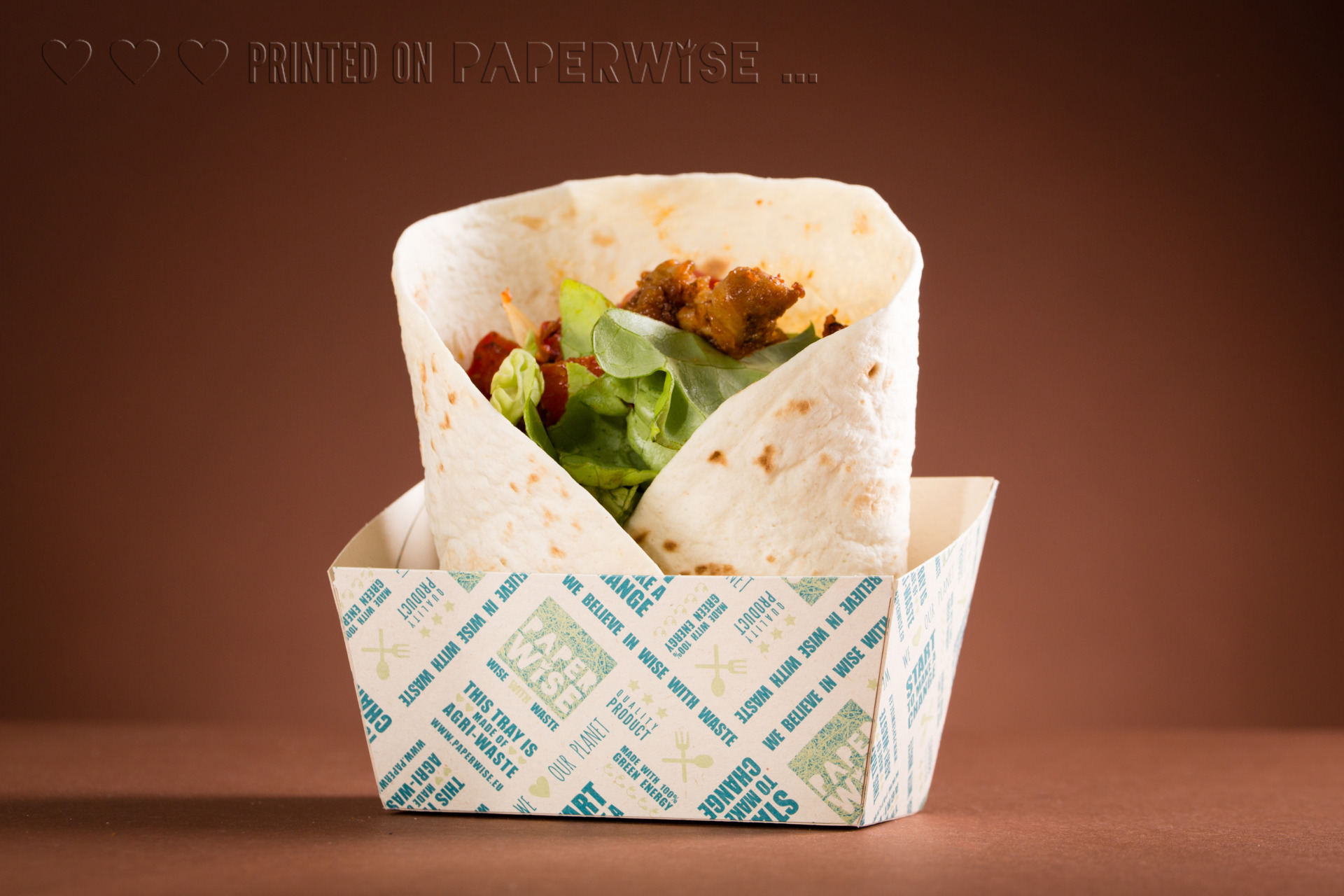
Sustainable and plastic-free wrap disposable packaging from PaperWise. Recyclable and compostable!
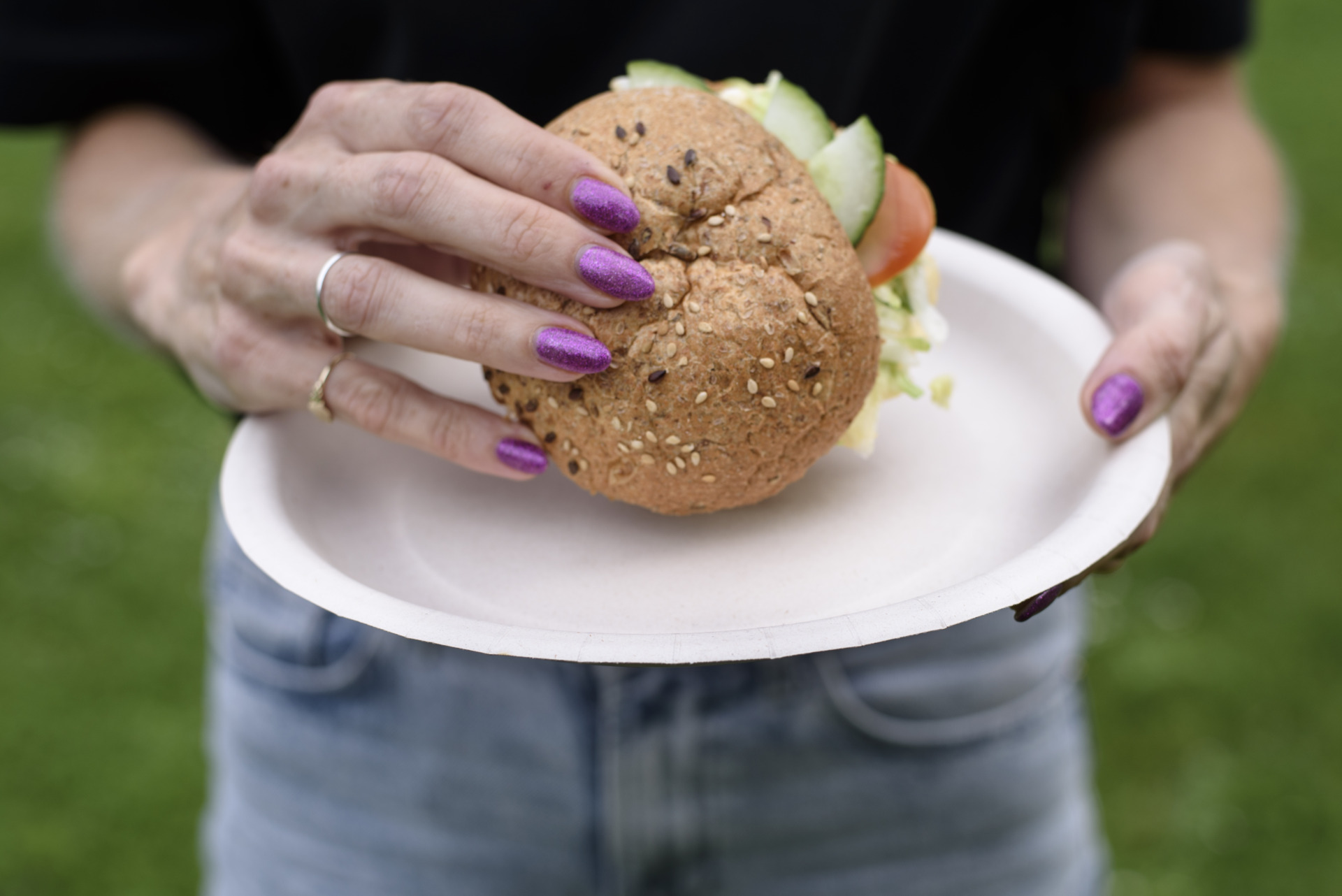
Recyclable and compostable signs. Tree-free. From PaperWise Natural.
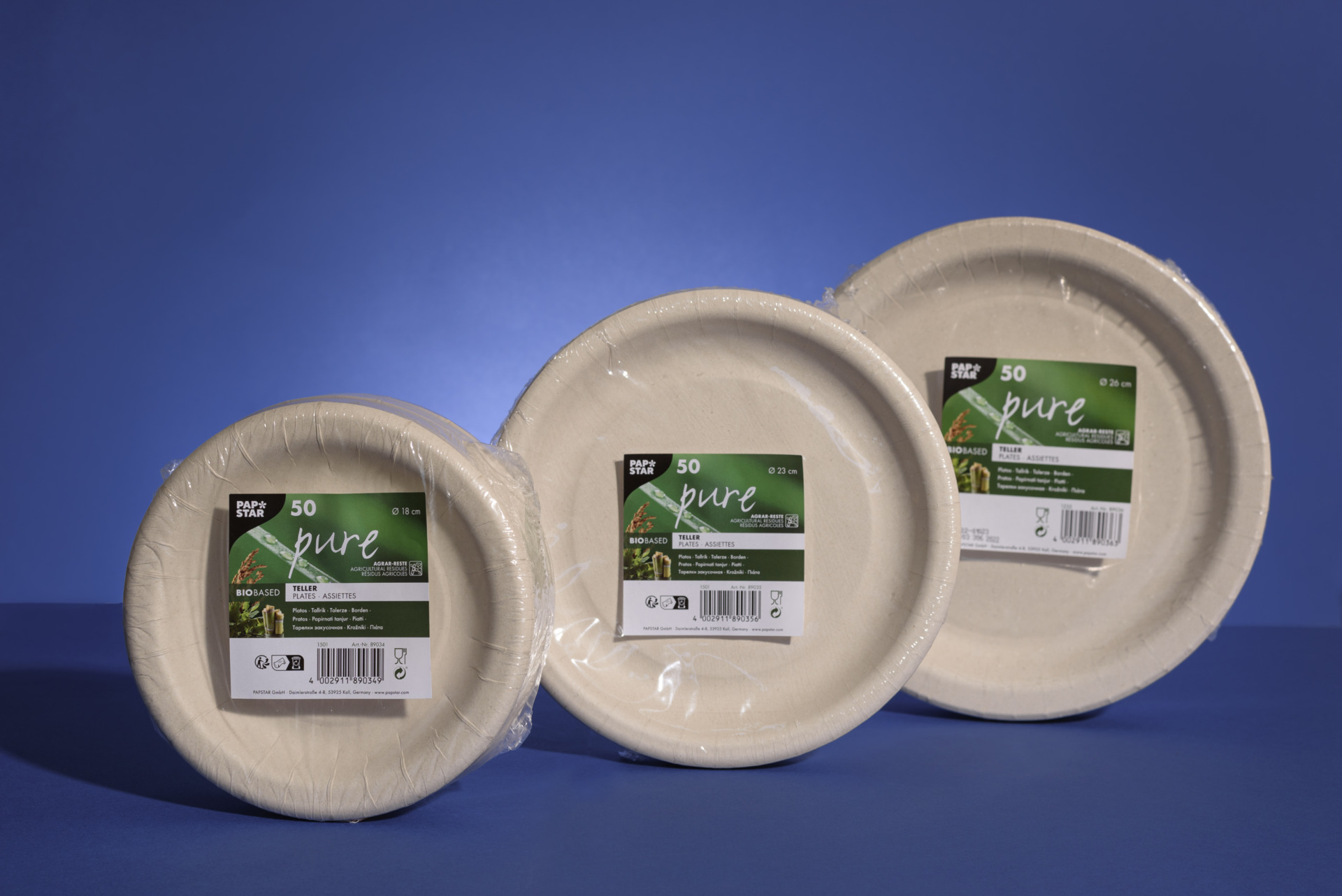
Durable disposable plates
In 3 different sizes.
Free of plastic,
100% plant-based, recyclable.
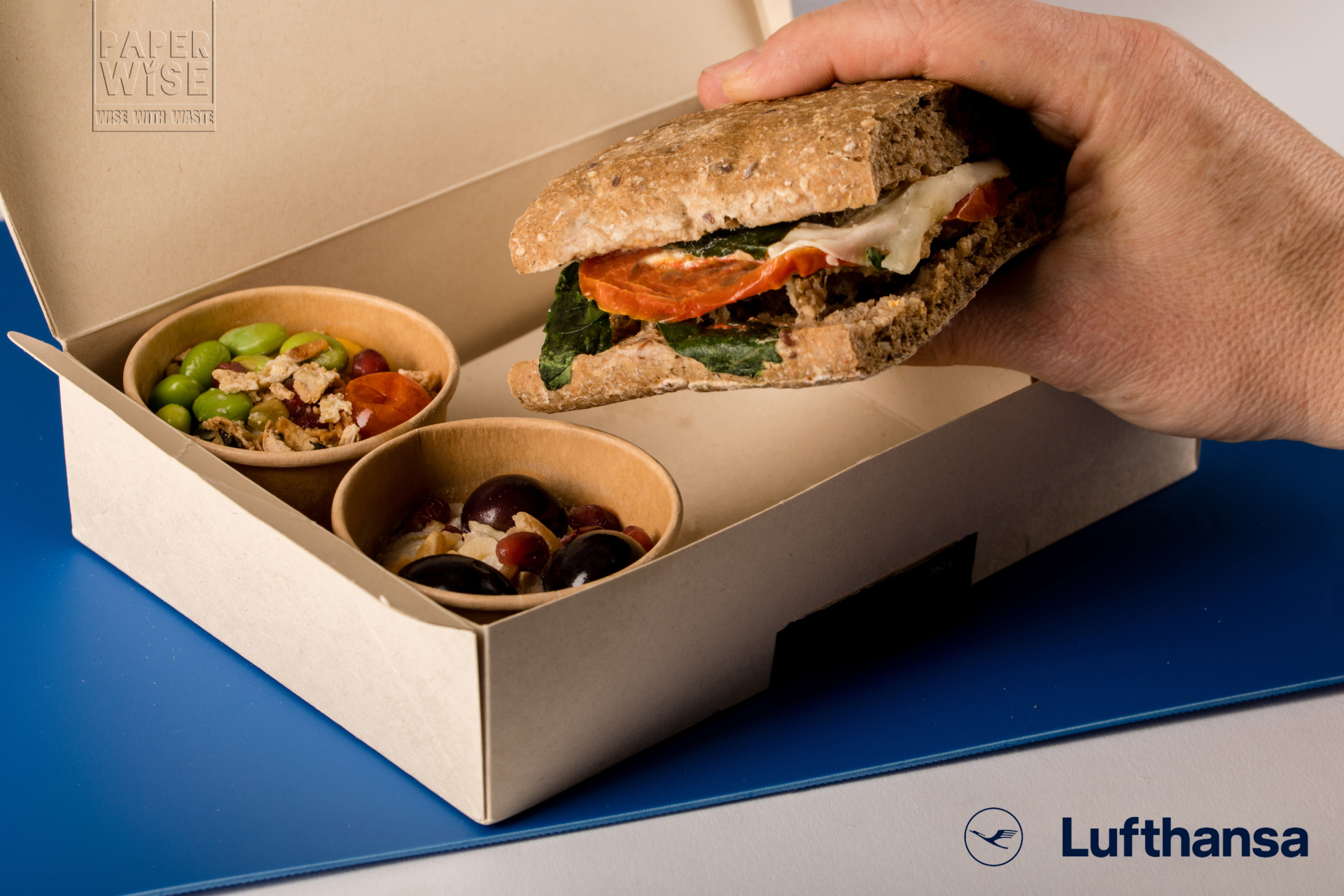
Sustainable and plastic-free organic disposable from PaperWise. PaperWise Natural Grease Resistant.
DURABLE GREASE- AND MOISTURE-RESISTANT PACKAGING FOR CHEESE, FISH, MEAT
Paper naturally absorbs grease and moisture. To package products such as cheese, fish or meat, PaperWise Natural paper with a plant-based bio laminate can be chosen. This creates a 100% plant-based disposable packaging that is both recyclable and compostable.
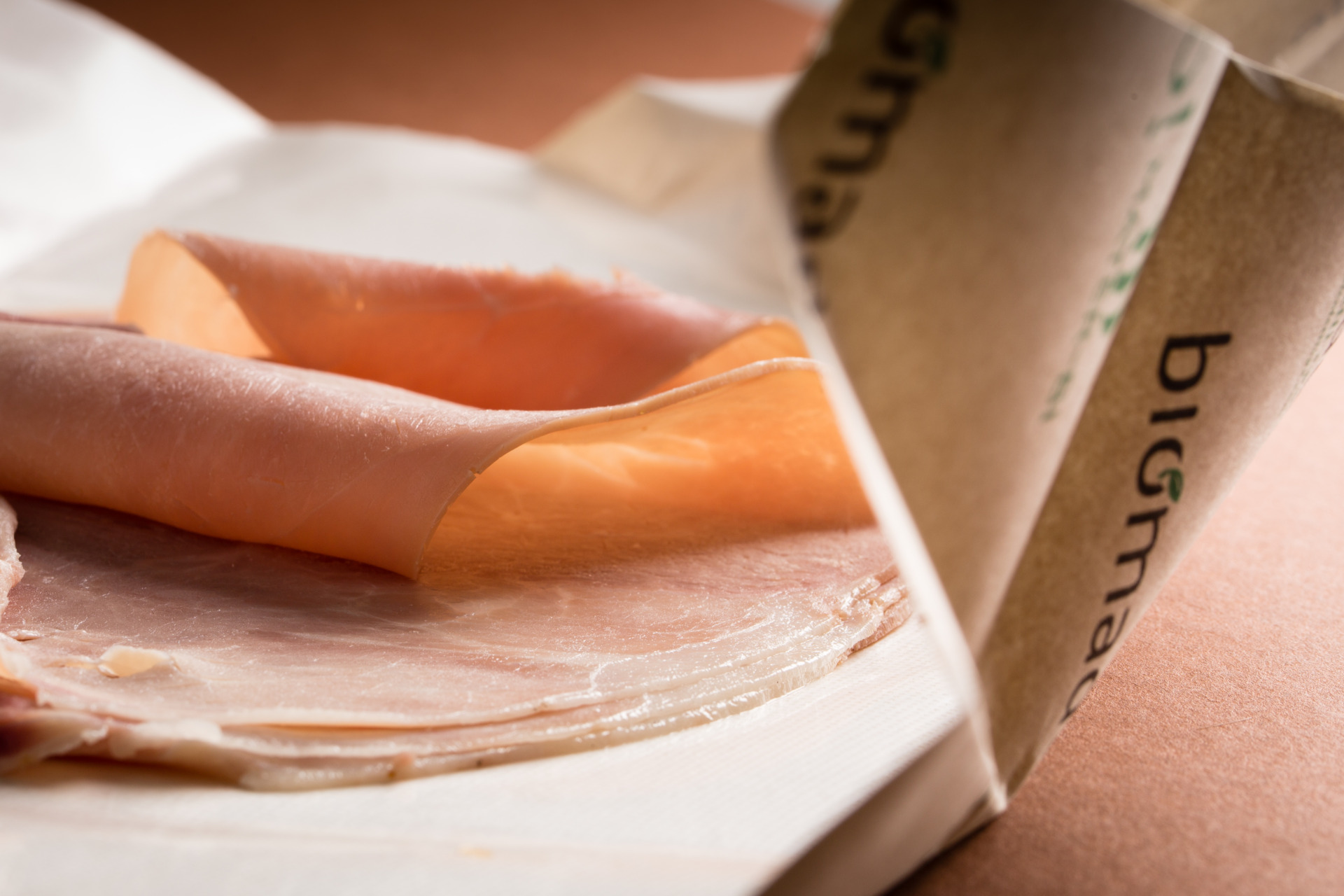
Plastic-free wrapping sheets from PaperWise for sustainable meat packaging. Blog.
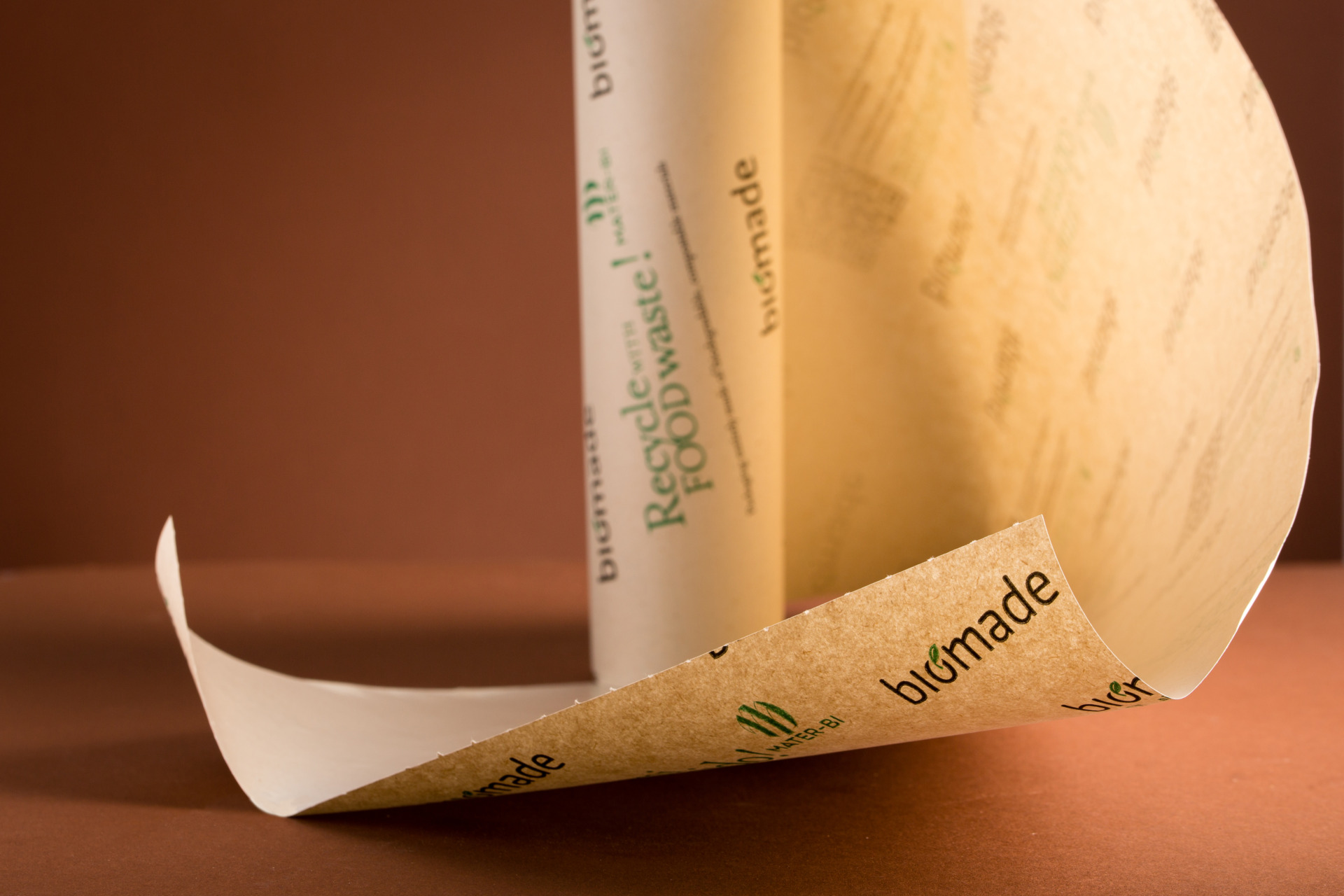
Durable grease-resistant paper on roll, with tear-off perforation for butchers and cheese shops.
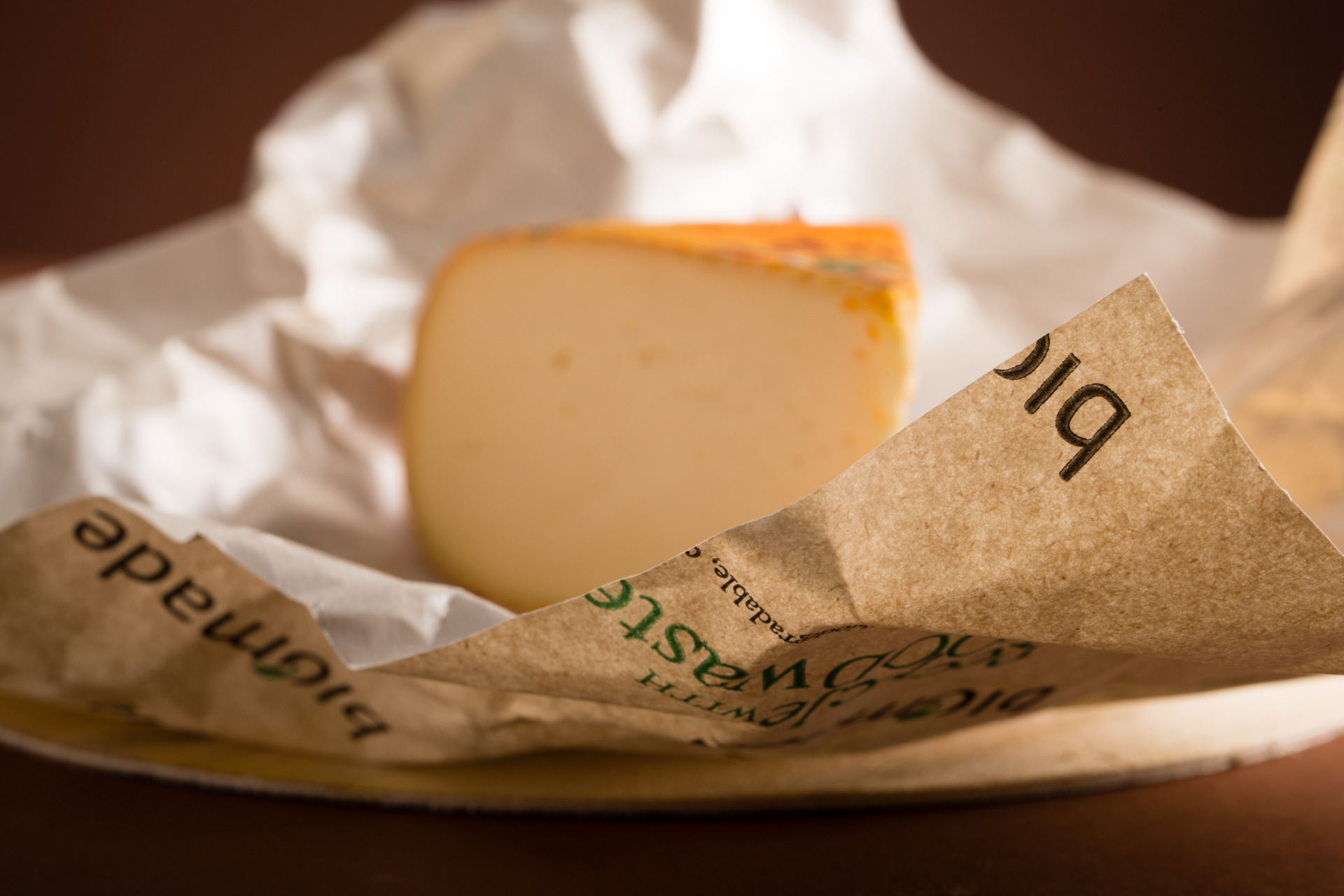
Environmentally friendly grease- and moisture-resistant PaperWise paper for packaging cheese.
PLASTIC-FREE DISPOSABLE ORGANIC PACKAGING FOR (SNACK) VEGETABLES AND (SOFT) FRUITS
Crunchy greens and fresh fruit, delicious! But what a shame it’s still mostly in SUP disposable packaging. Fortunately, PaperWise offers sustainable alternatives that are a lot friendlier to the environment. Fruit such as apples, pears, lemons and snack tomatoes can be packed in PaperWise Natural and PaperWise Natural Coated 1 Side White. For soft and moist fruit such as strawberries, raspberries and blueberries, PaperWise has a special moisture-resistant sustainable board called PaperWise Natural Moisture Resistant. This unbleached light brown board is also 100% plant-based and available in grammages 200, 226, 263 and 295 grams. PaperWise paper and board can be recycled via the waste paper route and is certified for composting.
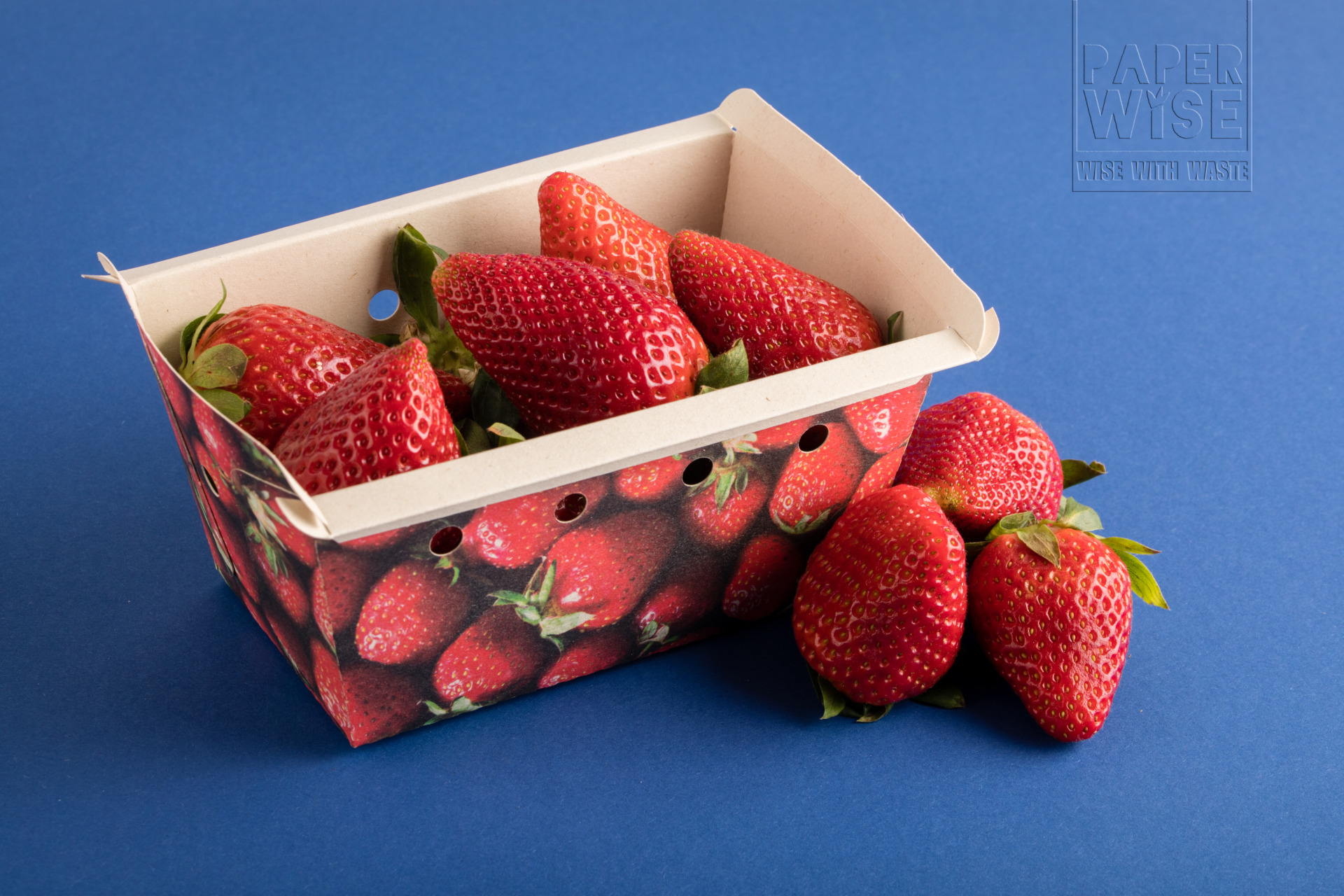
Eco-friendly moisture-resistant packaging for soft fruit from PaperWise Natural Moisture Resistant. Read Blog.
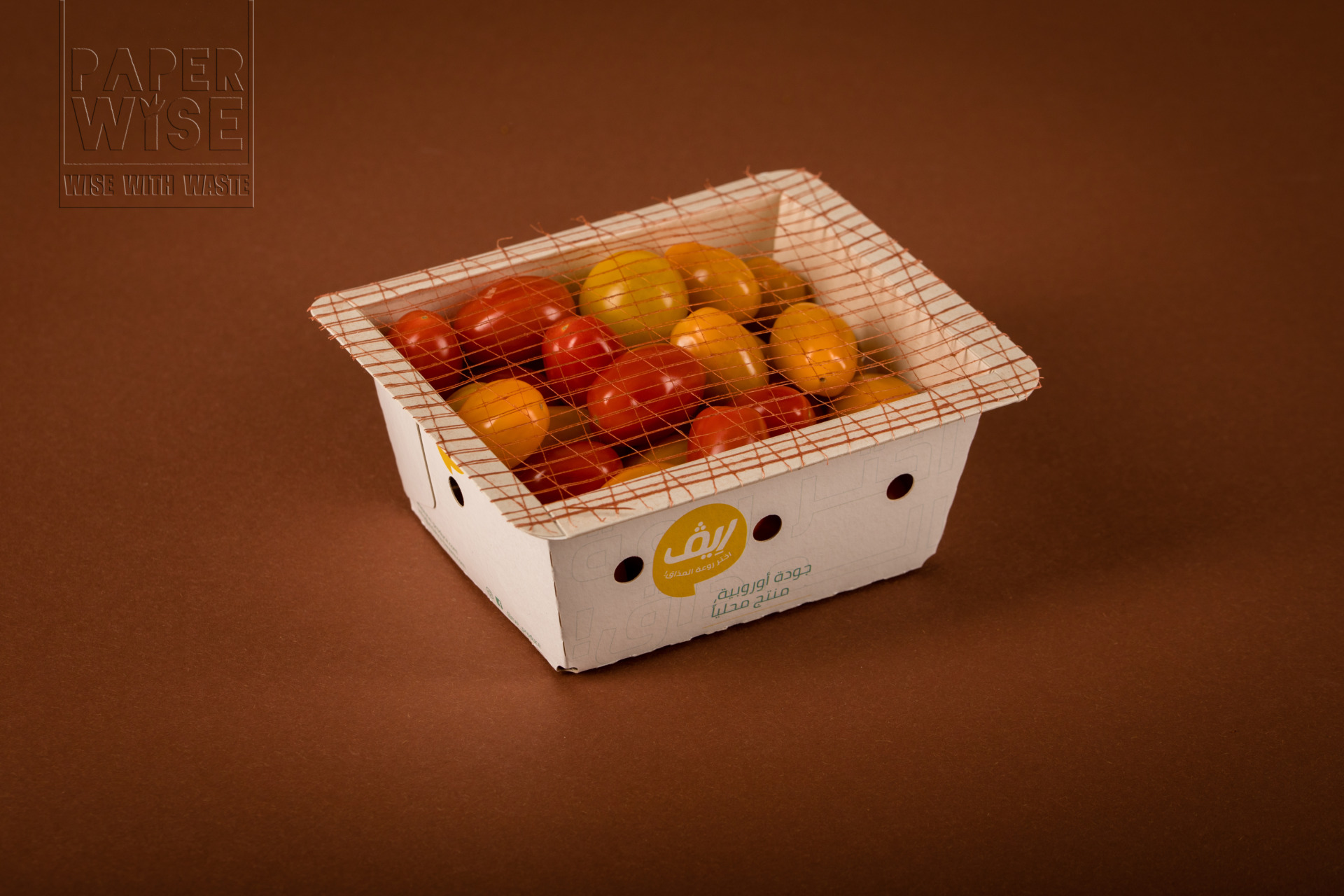
Bio topseal packaging for
tomatoes from
PaperWise Natural
Coated 1 Side White.
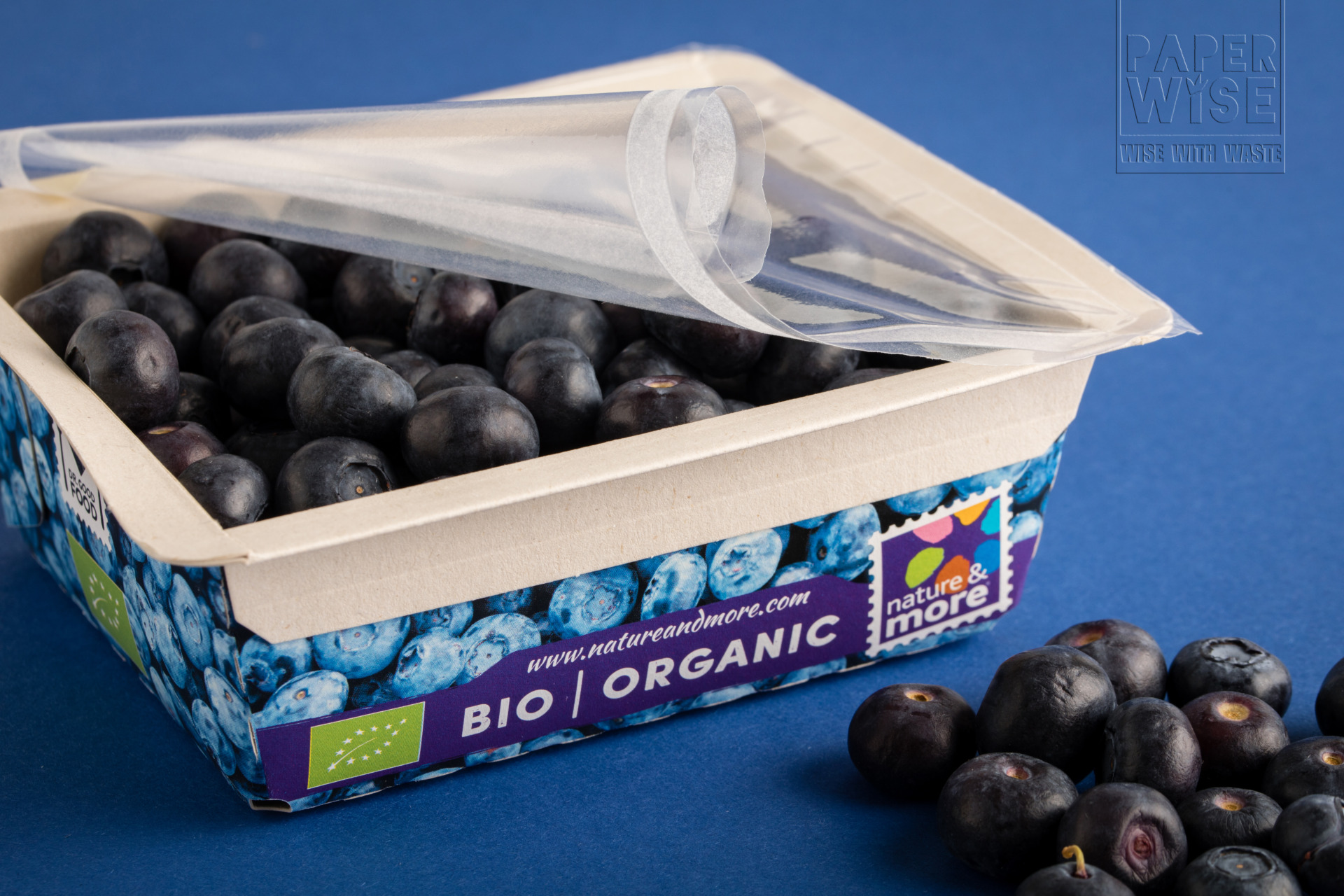
Organic topseal packaging for tomatoes from PaperWise Natural Coated 1 Side White.
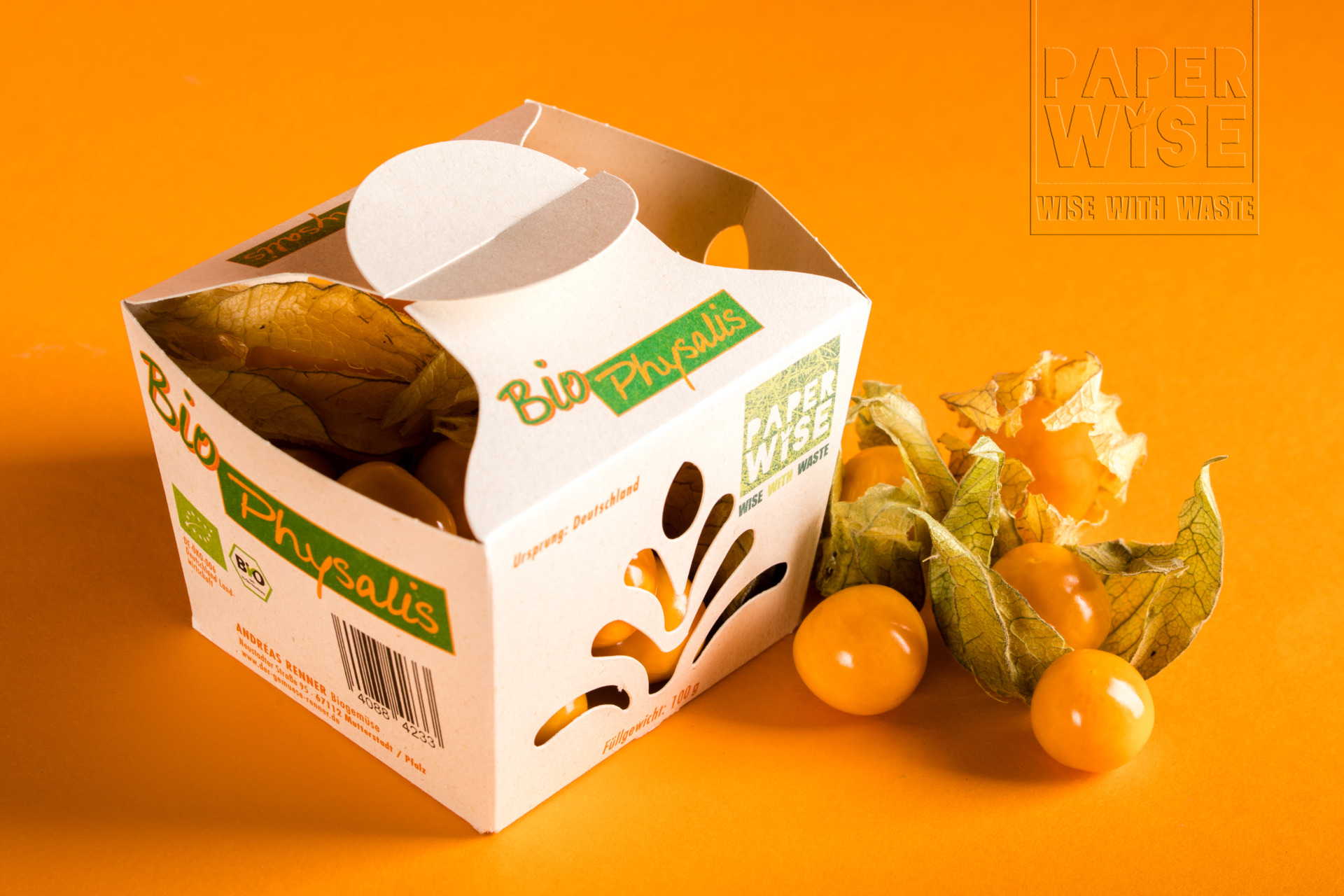
100% plant-based
fruit packaging from
PaperWise Natural.
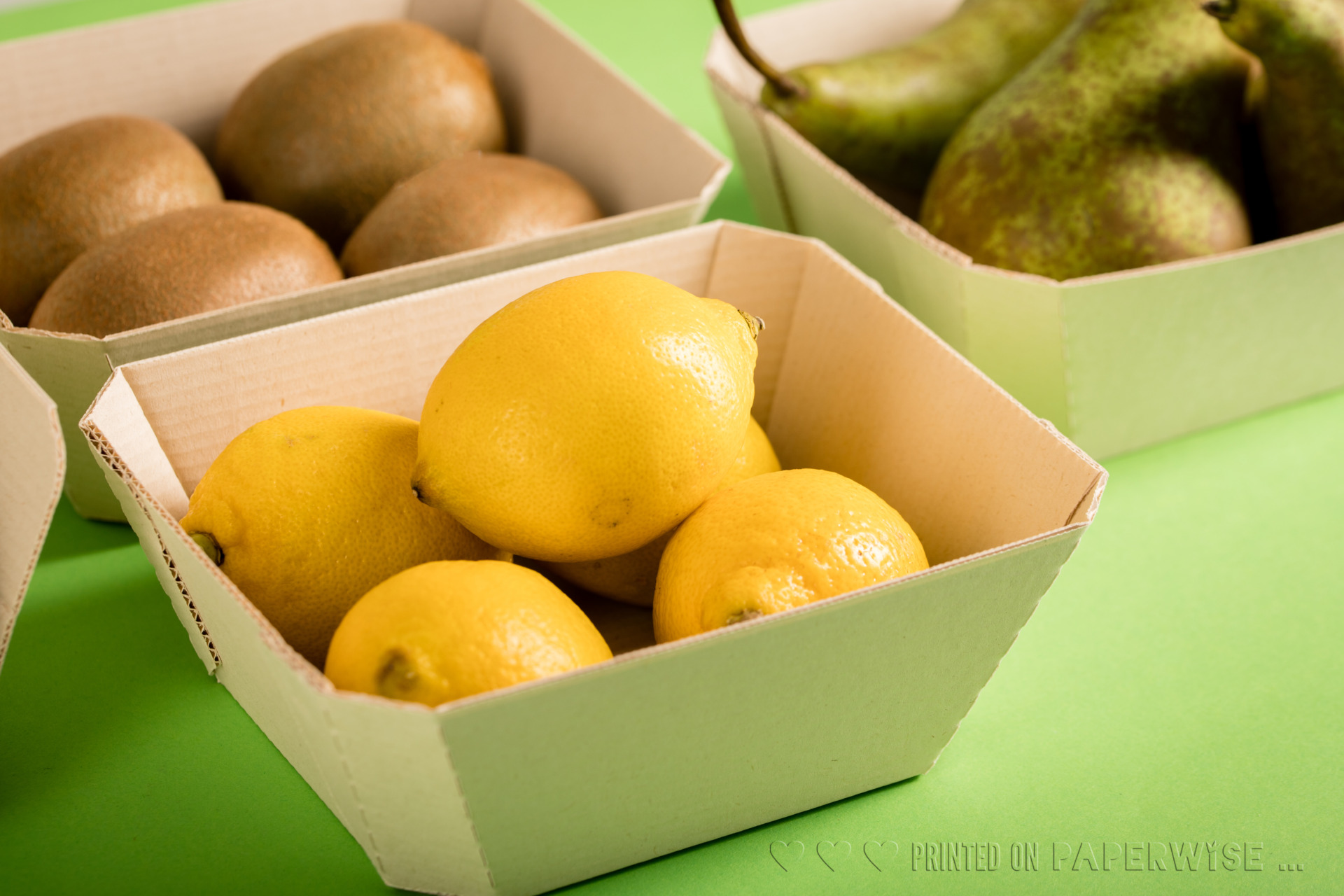
Sustainable microflute cardboard for fruit from PaperWise Natural Microflute. Info blog.
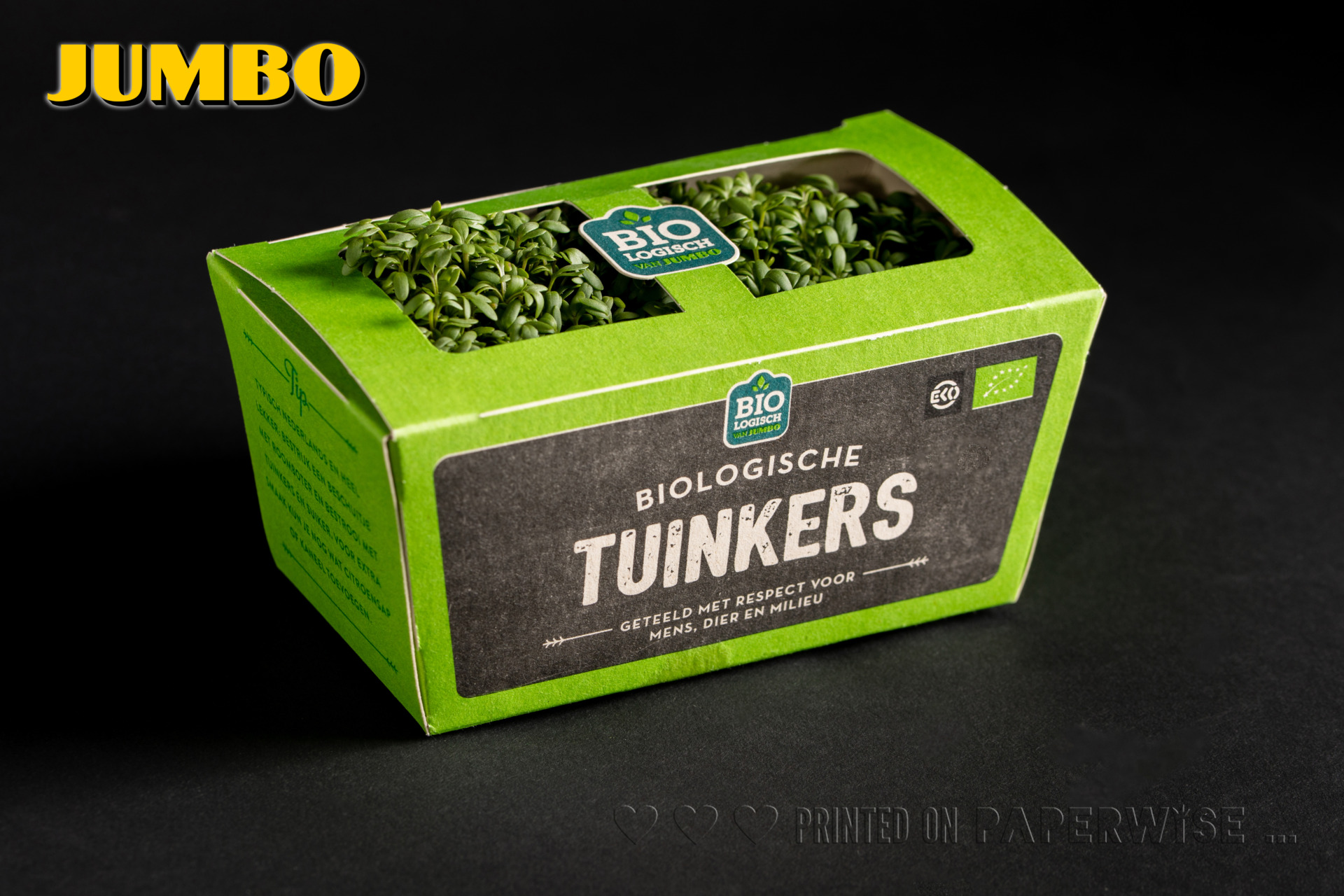
Durable moisture-resistant vegetable packaging for cress from PaperWise Natural Moisture Resistant.
Benefit of communicating sustainability on packaging
Single Use Plastics (SUP) is all the rage. Since the European Union’s Green Deal, all EU countries have been making policies to combat litter. And eliminate plastic litter. Start at the source is the motto of politicians. Require all companies responsible for putting disposable plastic packaging on the market to either make this packaging fully sustainable or ensure a closed recycling system where raw materials can be infinitely re-used without loss of value.
Companies that choose sustainable disposable packaging and bio disposables from PaperWise have an additional advantage. Disposable packaging and bio disposables made from PaperWise can communicate about sustainability on the packaging. These companies contribute concretely to reducing environmental impact and inspire customers, suppliers and other companies to follow their good example. In doing so, they reinforce the sustainable image of their own brand or organisation and, as the GLOBAL BUYING GREEN REPORT indicates, this could just provide additional customers
